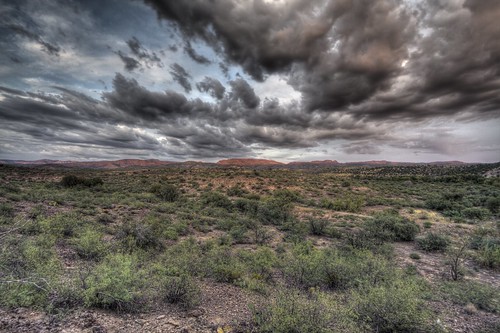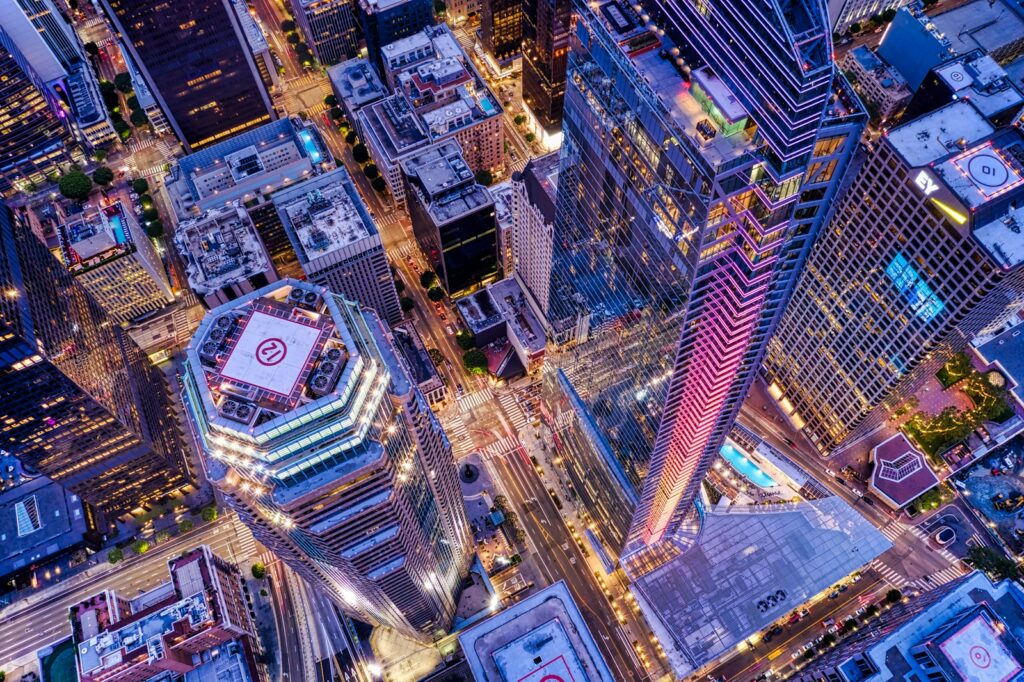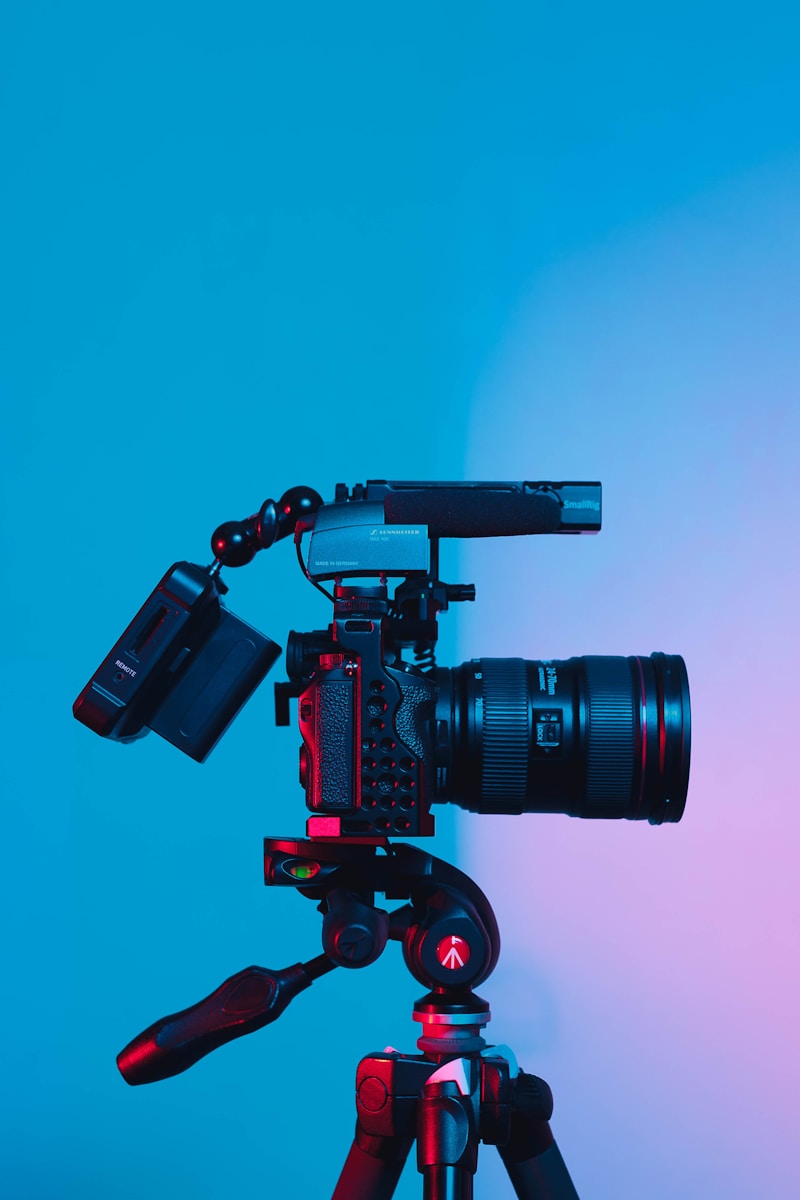A recent article I wrote here on Lightstalking demonstrated how to add life to a flat image. It showed a fairly mundane image being turned into something somewhat more striking. Whilst writing that article, there was a major controversy brewing in the photographic world, when the Landscape Photographer of the Year, David Bryne was stripped of his title (and £10,000) because of over manipulation of the digital image. In fact three images entered by the photographer were disqualified in the end, the ruling can be read here (PDF).
The Telegraph newspaper has a page with the manipulated image, here.
Today, rather than give you an article on technique or what to shoot, I want to perhaps spark some discussion and debate on how much post production is too much.
Image Manipulation and Photojournalism
Let’s start our discussion with photojournalism, as whilst a manipulated landscape or travel photo may be controversial within artistic circles, manipulated photo journalist images have the power to change minds at every level, even governments.
Does the photojournalist have duty to create the most visually striking image he can, to create the greatest impact (and hence money) or is his duty to convey an accurate visual representation of what is actually happening? Most outsiders as well as photo journalists would say the latter, but it does not stop some of them manipulating either to aid composition or to add impact.
So what level of manipulation is right for a news image? In my opinion, you should be able adjust the image using levels, contrast and saturation with the possibility of cropping but nothing that was in the original should be removed or anything added. If you remove something for purely compositional purposes and it is discovered, you will lose the trust of your audience partly because they will believe if you are prepared remove something aesthetically, did you remove anything else for political purposes?
Although in this day and age, there is a healthy dose of cynicism for most news media, you only have to look at fake images that go viral on social networks to realize that there are plenty of people that will believe anything they are shown.
Commercial Photography and Image Manipulation
Moving away from photo journalism, we all accept that most commercial photography involves manipulation of varying degrees but looking at, for example competitions such as the one we saw at top of the article, how far should a photographer go to add impact to an image? If it was for personal use, or as a commissioned work, then presumably the sky is the limit, metaphorically not literally.
But what about competitions? Is it fair that someone with average photographic skills but a high degree of proficiency in photo editing can gain advantage over someone with less editing skills. Perhaps, you could argue, that Photoshop skills are an integral part of being a photographer, much as printing in a darkroom was in film days.
These days, there are a huge amount of images with wonderful looking skies, deep saturated colors and a huge dynamic range. There can be no denying that these images are visually very striking and warrant a lot of attention, but how many people look beyond the visual look of the image to the composition, are we guilty of using post production to excuse poor camera technique, and if we are, is that a bad thing?
The one thing we all have to accept is that digital manipulation is here to stay, the genie is well and truly out of the bottle. How we interact and accept that genie will influence the future direction of our beloved pastime or profession.






14 Comments
I think the image processing crowd should be in a different category within photography. You can’t rule it out because a camera is used, but the art part is done with post processing, making it something else. I look at it like the relationship between a lion and a house cat. Same roots, way different animals. I do believe that something needs to be done to preserve the word and definition of photograph and photographer. The device captures light for christ sake, have some respect for the roots.
Interesting question and a tough one to answer. I agree photojournalism should not be manipulated other than above but then cropping can remove important context and make a hero a villain. I seem to recall many of Capa’s images from the Spanish civil war were shot after the action, I presume re creating actual events. Also newspapers/TV and governments use images that are vastly different to user content on SM sites from witnesses with phones (but that’s another argument).
With landscapes, most of Ansel Adams work was in the darkroom, I guess he would have embraced digital.
I guess the answer to a degree is a cop out; photojournalism by it’s nature should be a realistic record of the events so limited manipulation along the lines above should be permissible. Landscape photography is an expression of artistic interpretation; is Long Exposure allowed or not? Do you allow ND filters and grads on the lens but forbid the use of layers and HDR in post? What if those upturned boats that were photoshopped into the foreground were there the week before or after the shot was taken?
Not a cop out. A fair summation.
Photo editing is great as long it’s not too obvious that you have “destroyed” the image. If you have no clue about photo editing learn it or leave it. Photo editing is a craft itself which needs to be learned first before you start editing. As a Graphic Designer it took me many years to understand how non-destructive raw/picture editing works.
The act of framing a scene – of including some things and excluding others – is an editorial decision.
Photojournalists should not manipulate images – and that includes framing to create a false impression and cropping to create a false impression.
As to whether it’s OK to add drama in post production – Salgado’s photos are clearly dodged and burned – but they tell the truth.
Don McCullin’s Vietnam photos are gritty and black – is that what the film was like or the way he printed?
Either way, we step past the effect and into the scene and it seems to tell a true story.
About image manipulation in general – why not?
One thing is clear, and that is that our perception of ‘normal’ has changed with the democratisation of photography.
I always try to get the best shot “right out of the camera”; yet, photo editing often takes a shot to another level. There’s a place for both.
I teach photography to high school students and handle the situation like this: assignments that assess straight photography ( no editing allowed), and assignments where they are free to create “photo art”. Different mediums.
Manipulation is not just an issue in the digital age. Remember how certain Communist leaders disappeared from photos. To this day Jerry Uelsmann works his magic using film and enlargers! Mind if I share an article I had written about this some time ago…..https://www.howardgrill.com/articles.html
Why do we take photos if not to try to convey a moment as we perceived it to be based on our experiences and emotions? That’s why we routinely manipulate depth of field, long shot or tight shot, color or BW, etc. Painters with brushes manipulated the scene. Film photographers manipulated the scene. Now digital photographers manipulate the scene. All do it with the purpose of conveying a moment as they perceived it. I don’t know what this pure, true, as-God-intended-it scene is that some people seem to be defending. Two people looking at a scene will always wish to convey it differently. Neither is wrong or right. That’s what photographers have always done. Is anybody upset about all the in-camera adjustments that are available today? Why is in-camera manipulation OK but post camera manipulation a sin? I draw the line at adding or removing content from the scene such as adding Uncle John to a family photo that was taken last year. That is beyond photography but has its purposes. Cropping on the other hand is just a photographic technique. What’s the difference in cropping by zooming in or cropping in post? I think the only question should be if you did not know how the photo was done did it please you?
I think there is no problem with any level of processing or manipulation of an image as long as its producer does not present it as something other than what it is. If a family photo is changed to add Uncle John for whatever reason, it’s fine with me as long as I am not led to believe he was there when the photo was taken. If an image is created with extensive processing, I don’t want to be led to believe it wasn’t. If a model is liquefied with Photoshop, I want to know she weighs 20 pounds more than she appears to in the image.
I don’t think any photo journalim should be altered.
Maybe the Exif information about photo editing, say 1 for light editing contrast, brightness, size and cropping.
Then to 5 for major distortions. Anyone taking freelance work can display this figure in the caption and it’ll be in the Exif
I tend to agree that photo journalist images should remain unaltered save for minor levels adjustments. Cropping can tend to convey a different meaning and send the wrong message.
As for general photography, I see no wrong or right in the level of image manipulation, as mentioned in earlier posts, it has been going since the start of photography.
Ours is an exciting and stimulating art form and as a photographer who worked with film for many years and now work with digital and some film, the level of manipulation will be determined by what your clients are prepared to take. I look at some photographers’ work and find the manipulation to be extreme and yet there are plenty of people who love the look and are prepared to pay for it. It’s all down to personal tastes.
I personally think that any expression of photography whether we think it’s over-processed or not, is up to the artist. I do not like the over-done HDR images but I’m surprised how many people who are in the buying public, “ohh and ahhh” over the overly processed images. It’s up to each photographer to find his or her own way of expression through their photography and if you are selling your work, the purchasers will decide what they like and buy it if they do.
Age old debate about digital editing/enhancing. The darkroom was the tech of the day. Photographers took the raw material in the camera and *most* renowned analogue photographers would enhance their work to create something unique over and above what the saw at the moment the photo was taken. Dodge and burn, choice of paper, special processing, advanced colour processing using various chemicals to achieve a look etc etc. No different to modern digital post techniques. Whether the result looks ‘over cooked’ is in the eye of the beholder surely ??
I think its easy for all to agree that photo journalism is journalism, and should depict fact, even truth if possible. To that end altering the contents of the frame becomes dodgy, but basic adjustments I have no problem with.
To me, art photography is different. Begin with the capture. Get the best one you can. How you use it to make your art is up to you. Sometimes its just a matter of adjustments, and RAW images need some adjusting anyway, other times more. HDR, compositing, what you will, you use photography as a tool to communicate your message, tell a story, heck sell a photograph. Photography does not end with the click of the shutter. Post processing may be easier, and more powerful than ever, but ours is not the first generation to alter an image to achieve an artistic goal. Of course we need to separate art and commercial photography, since the goal of commercial photography is to make money, not that there’s anything wrong with that, I know I could use some more money.
Just thought of a good one. I asked some photographer friends to look at some of my work and tell me which images they liked. One told me that she hates HDR. I said that nearly half the images she liked were HDR and her answer was that they didn’t look like HDR. Go figure.